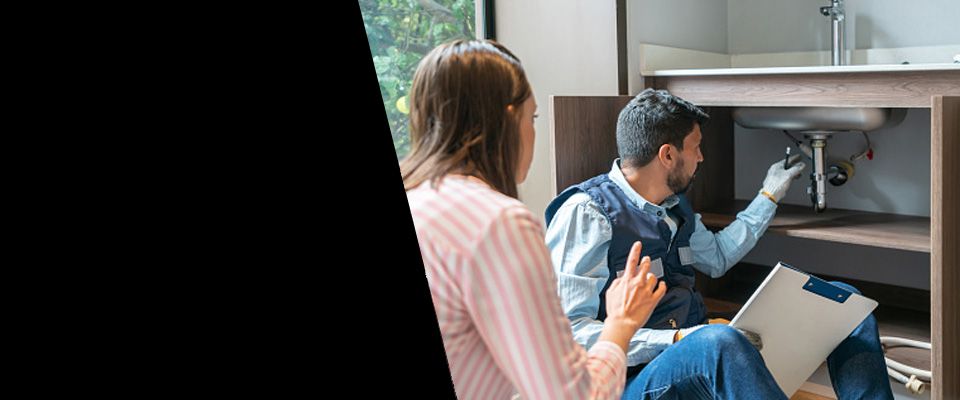Rainwater Harvesting Systems Plumbing Services in Excelsior Springs, MO
Excelsior Springs Rainwater Harvesting Systems Professionals on call now in Clay County
Rainwater Harvesting Systems offers an environmentally conscious plumbing service that involves the planning and setup of systems to gather, hold, and utilize rainwater for non-potable purposes. These systems typically feature filtration components, tanks, and collection areas, enabling sustainable water use in irrigation, flushing, and cleaning. Properly installed systems lower utility costs and promote water conservation
We provide top-quality Plumbing services throughout Clay County. Whether you need help with Rainwater Harvesting Systems or other issues, our Experts is ready.
Plumbing Services in Excelsior Springs, MO
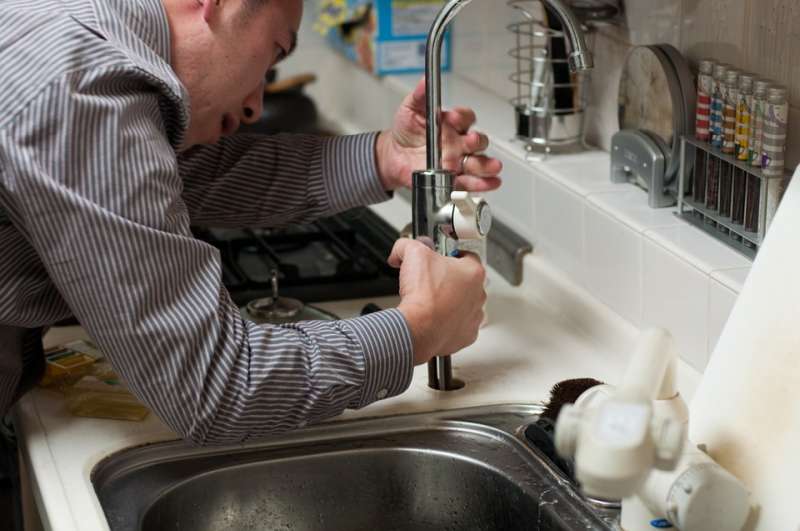
Appliances
Installing dishwashers, hot water heater (tank and tankless), garbage disposals, and washing devices.
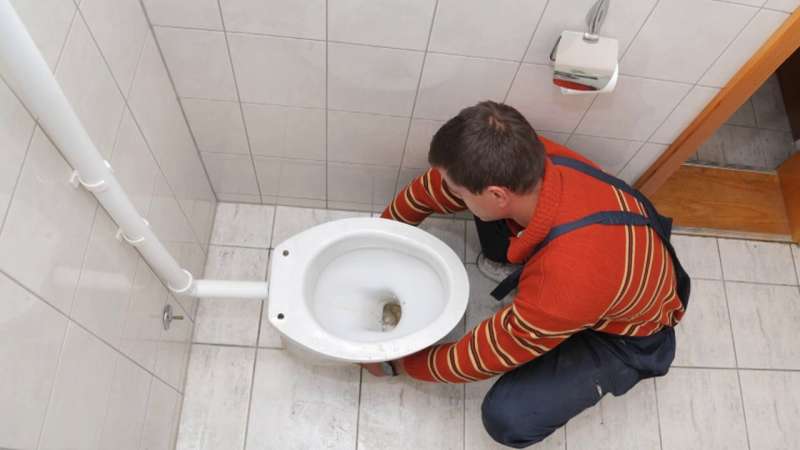
Backflow Testing and Prevention
Guaranteeing backflow avoidance devices are working correctly.
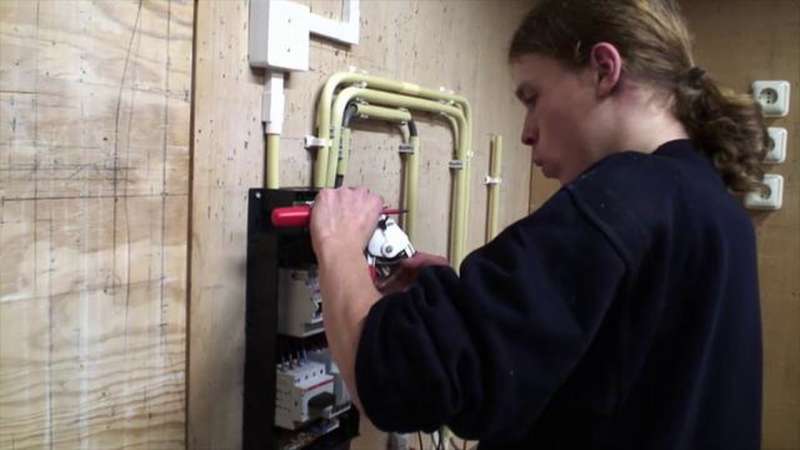
Bathroom and Kitchen Remodeling
Transferring or updating plumbing systems.
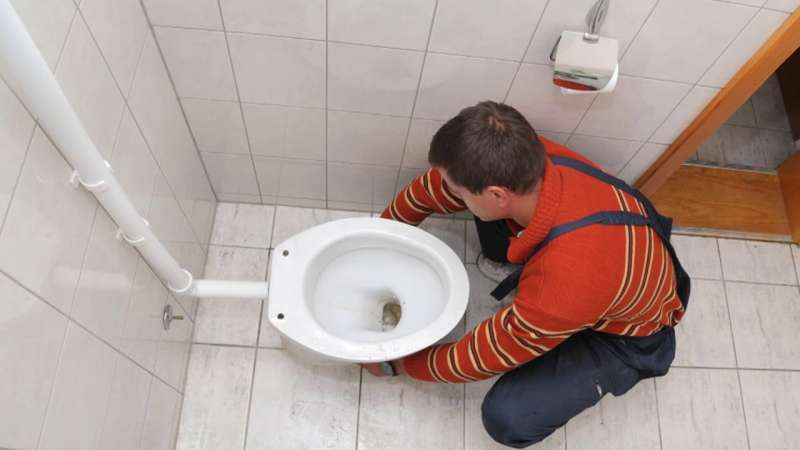
Building Code Compliance
Making sure plumbing systems fulfill local regulations.
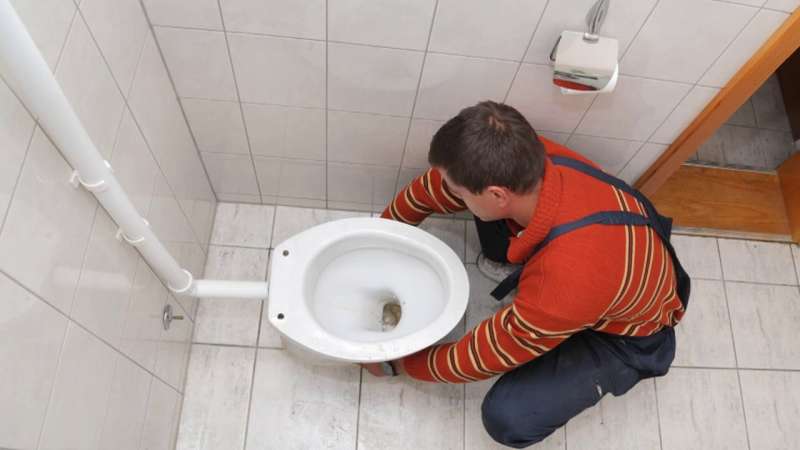
Burst Pipes
Immediate response to prevent flooding and water damage.
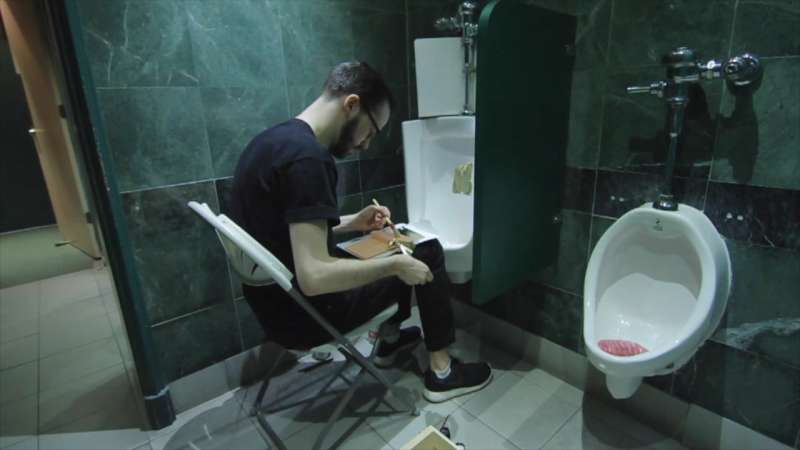
Clogged Drains
Clearing obstructions in sinks, toilets, showers, and drain lines.
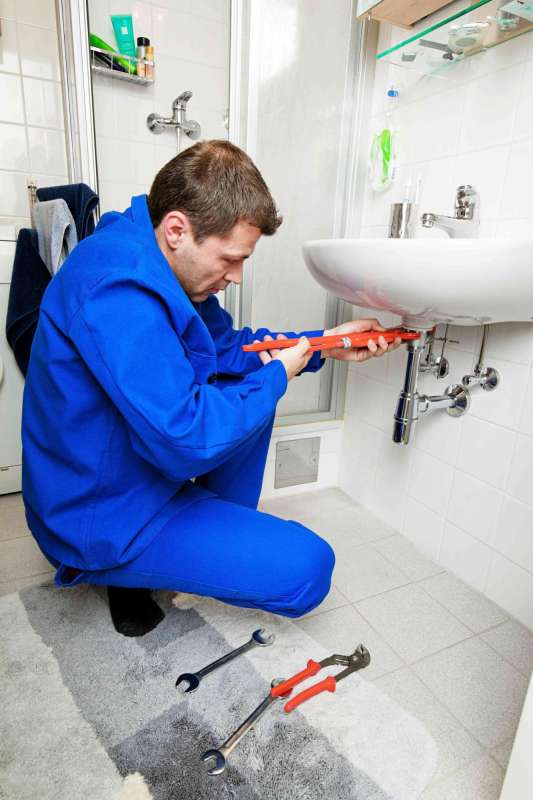
Drain Cleaning
Regular cleaning to prevent blockages and maintain flow.
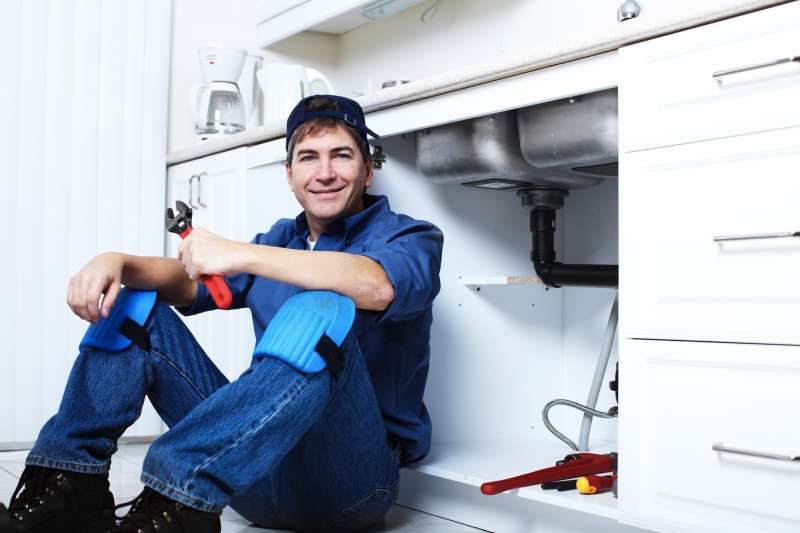
Fixture Repairs
Repairing malfunctioning faucets, toilets, and other components.
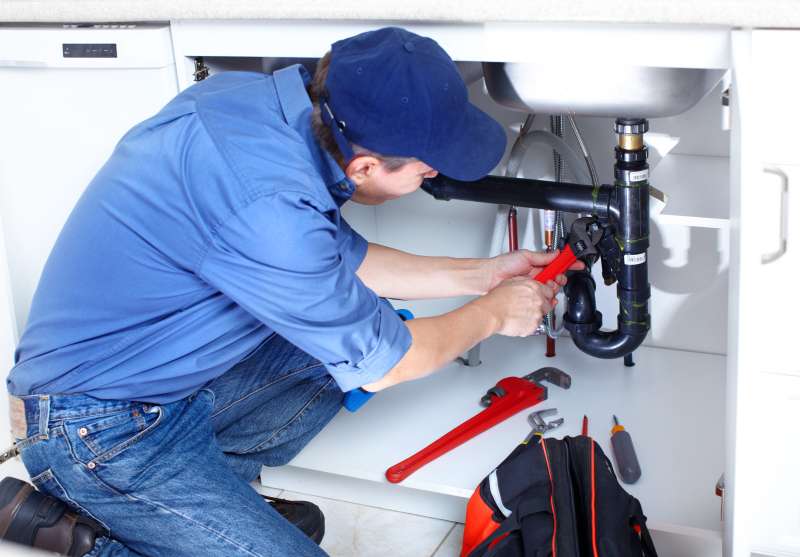
Fixtures
Installation of sinks, faucets, toilets, bath tubs, and showers.

Gas Leaks
Emergency detection and repair to prevent dangers.
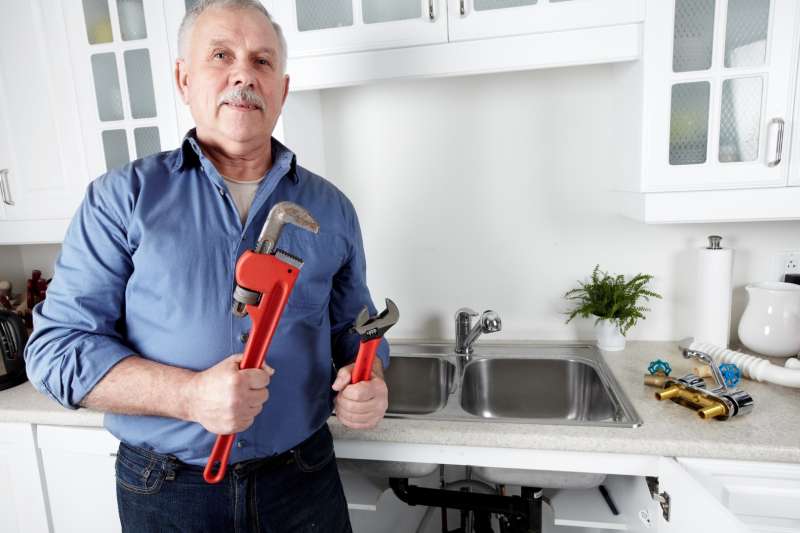
Gas Line Repairs
Repairing gas leakages and guaranteeing correct gas line operating.
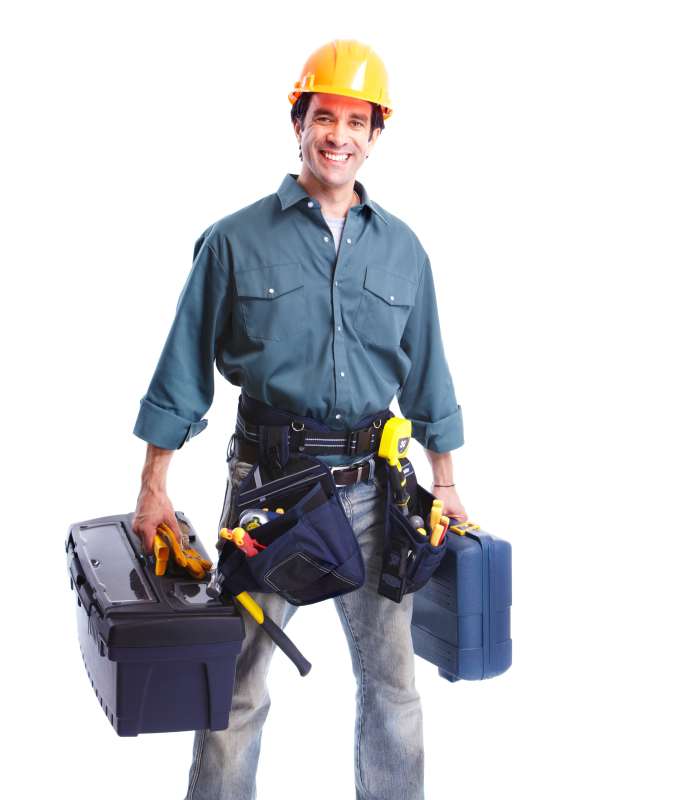
Greywater Recycling Systems
Setting up systems for recycling household wastewater.
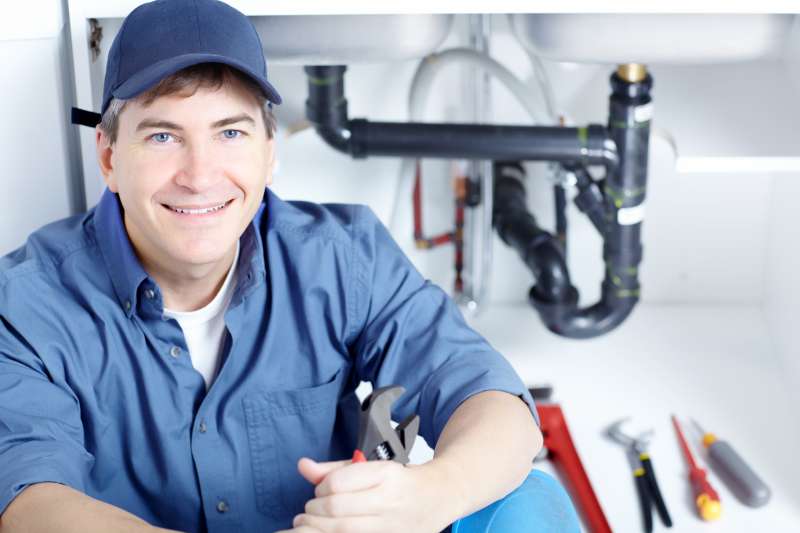
Hydronic Heating
Setting up and preserving glowing floor heating systems.
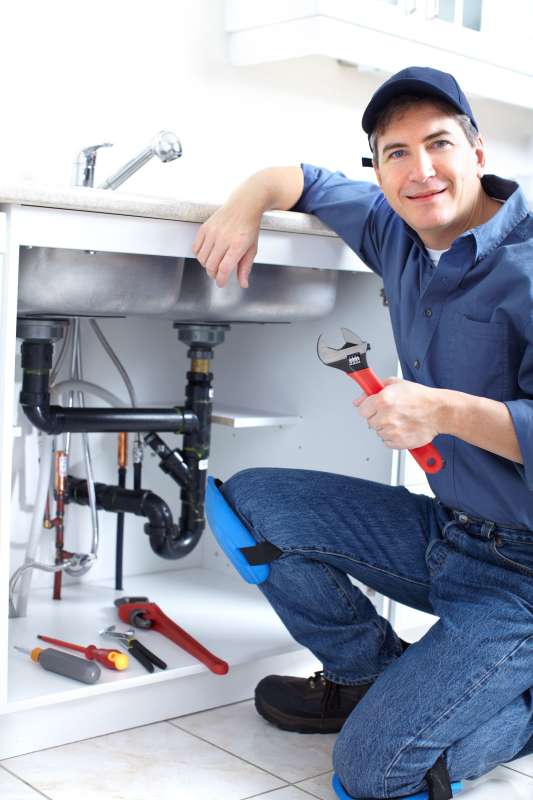
Industrial Pipework
Specialized piping for factories or industrial settings.
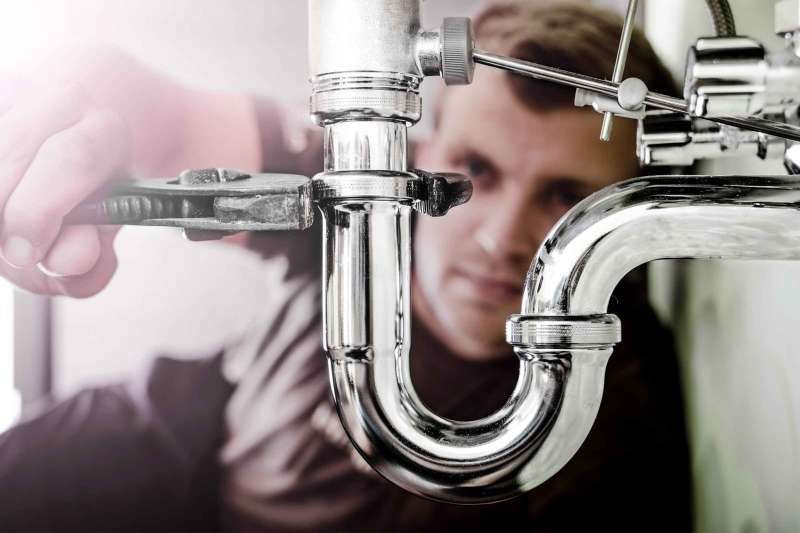
Irrigation Systems
Installing and keeping outdoor watering.
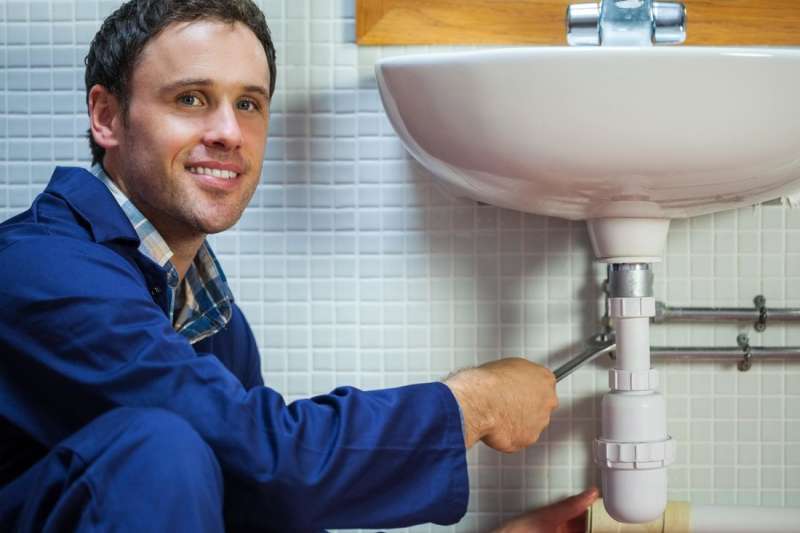
Large-scale Installations
Plumbing systems for new buildings or restorations.
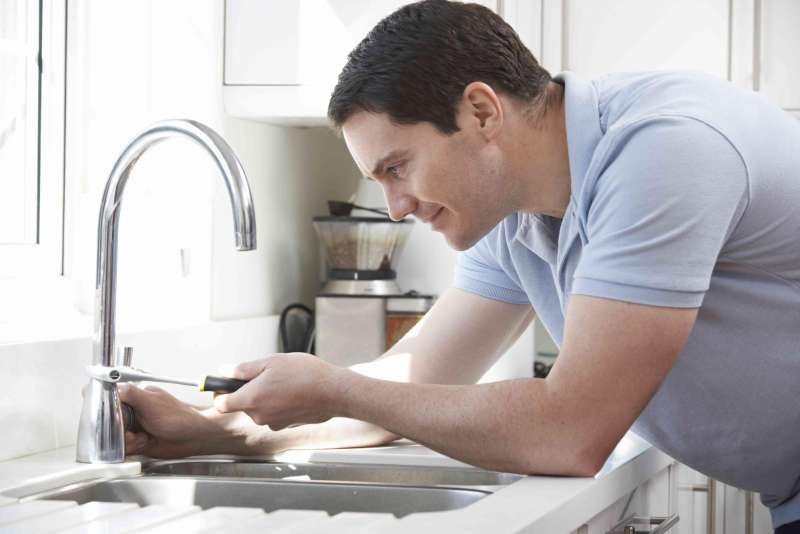
Leak Detection and Repair
Repairing leakages in pipes, faucets, toilets, and devices.
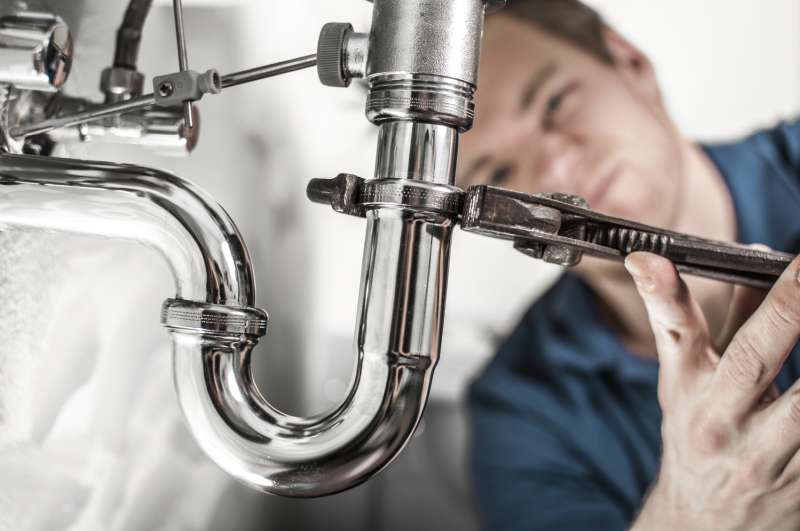
Overflowing Toilets
Quick resolution of serious blockages and overflows.
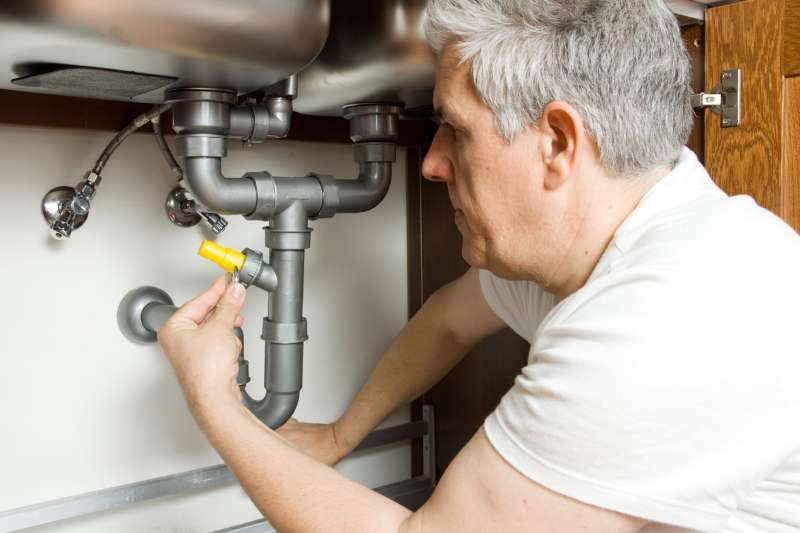
Pipe Inspections
Utilizing cams to inspect pipelines for damage or blockages.
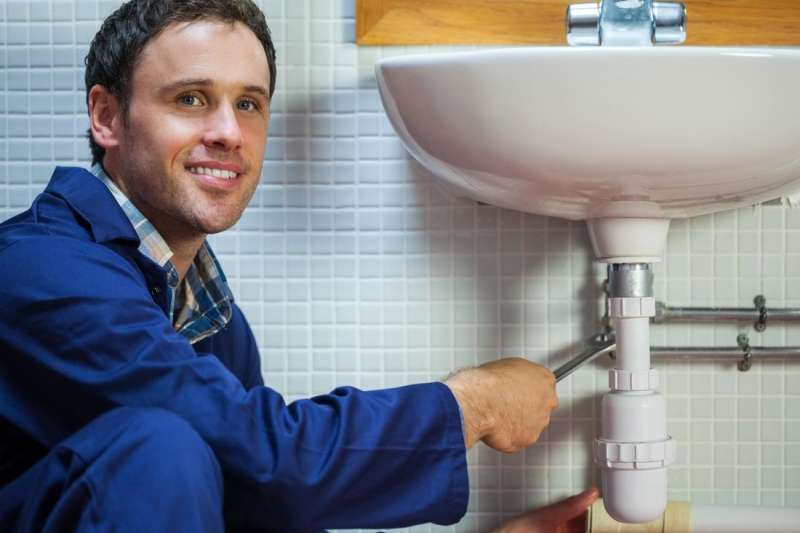
Pipe Repairs
Fixing or changing burst, worn away, or damaged pipes.
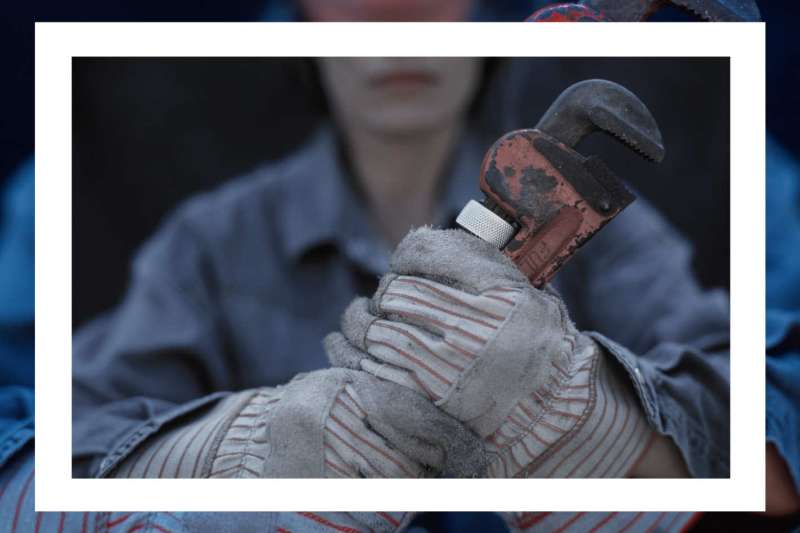
Pipes and Fittings
Installing brand-new piping systems for water, gas, and drain.
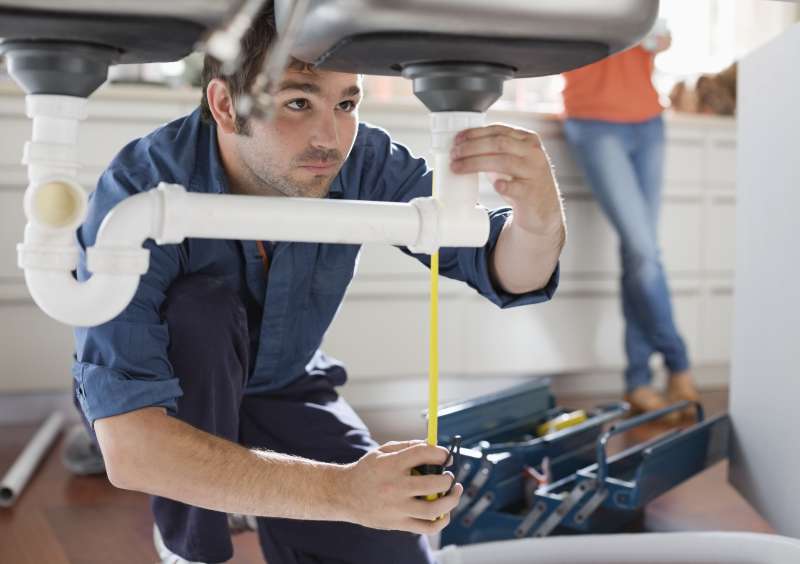
Pre-Purchase Inspections
Examining plumbing systems before buying residential or commercial property.
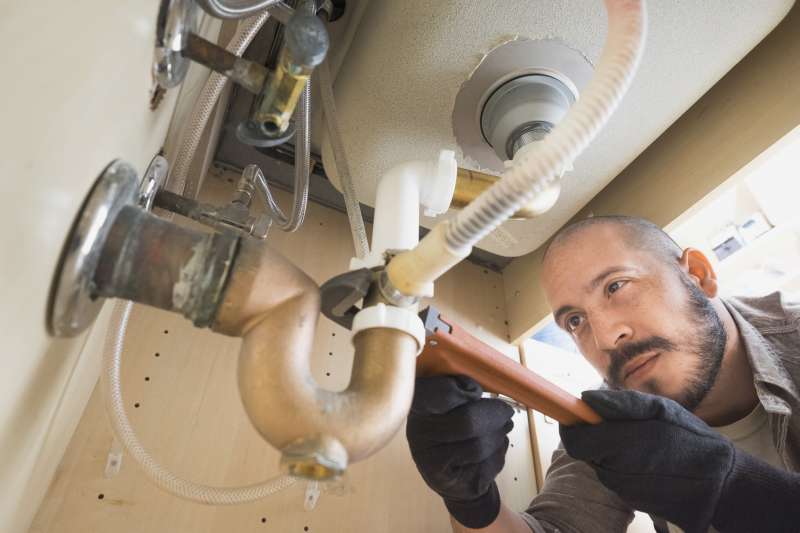
Rainwater Harvesting Systems
Installing systems to collect and utilize rainwater.
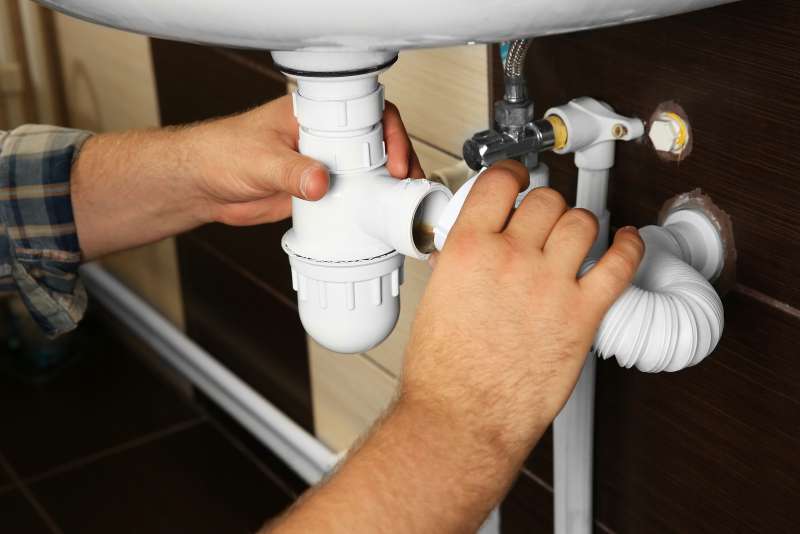
Regular Maintenance Contracts
Ongoing maintenance services for organizations.
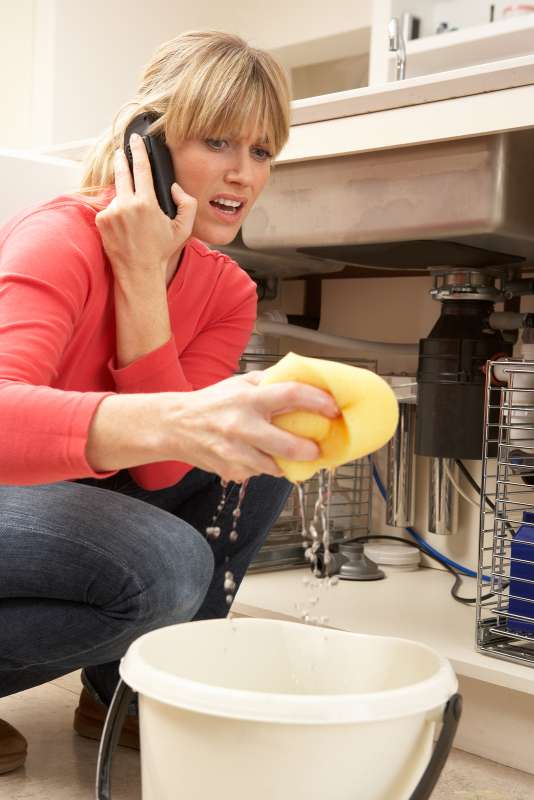
Septic System Services
Installing, repairing, and maintaining septic systems.
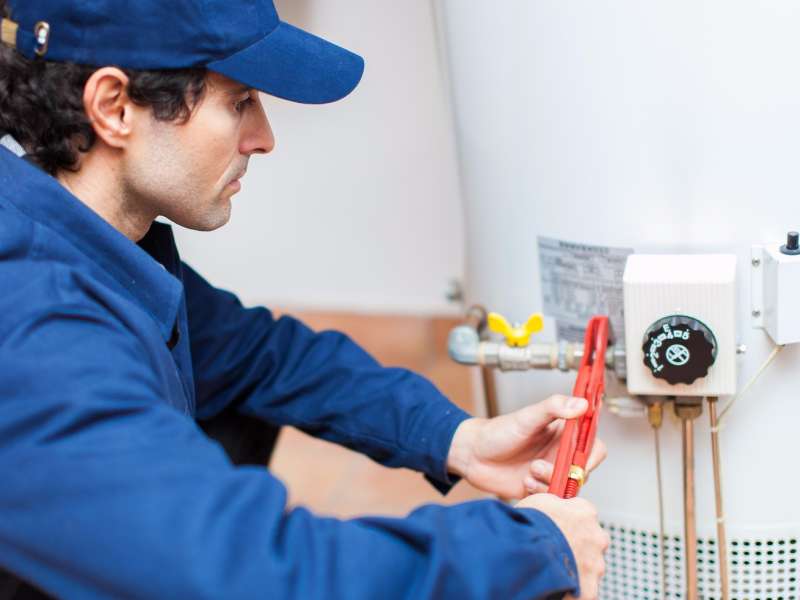
Sump Pump Installation and Repair
Managing groundwater in basements.
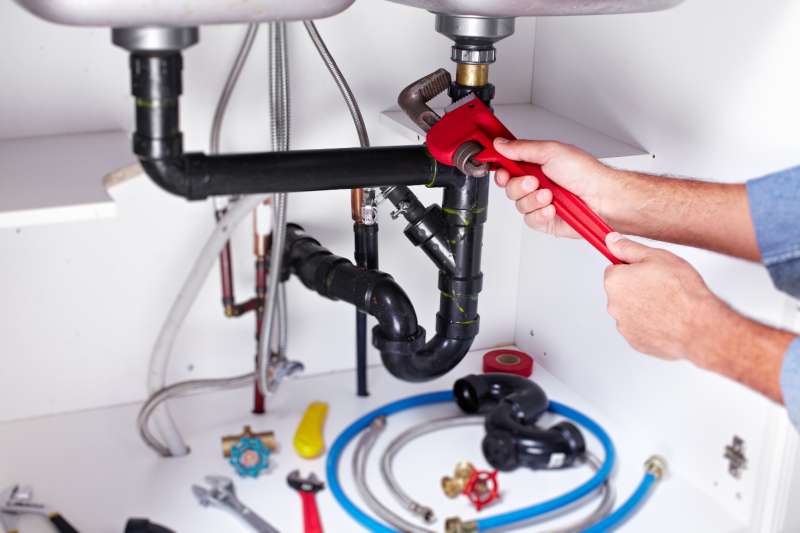
Upgrading Fixtures
Installing water-efficient or contemporary components.
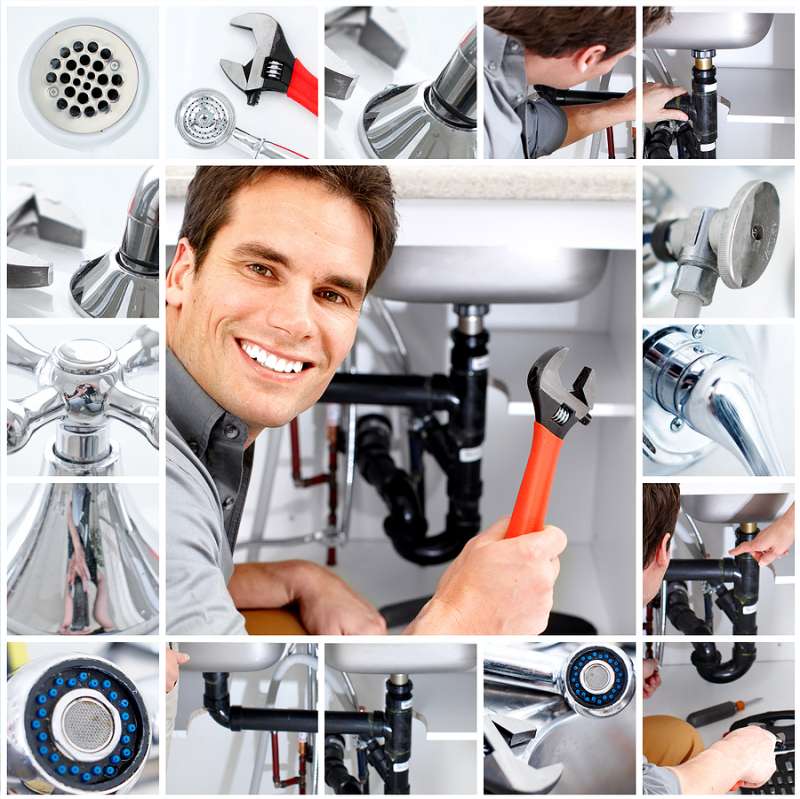
Water Efficiency Consulting
Encouraging on water-saving methods and products.
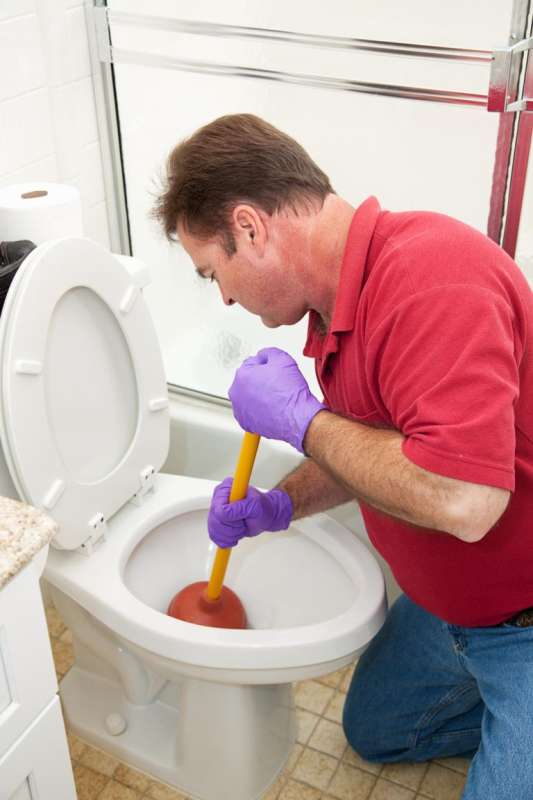
Water Filtration Systems
Installing water conditioners and filtration systems.
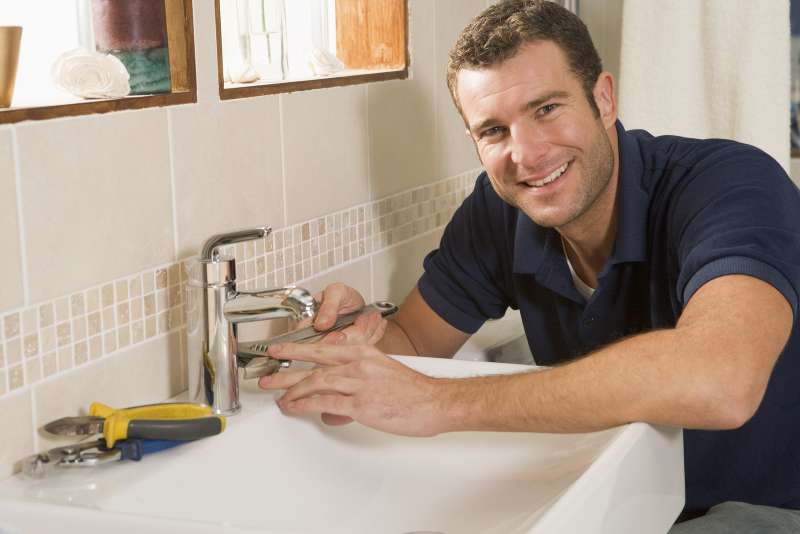
Water Heater Maintenance
Flushing and inspecting water heaters to extend life expectancy.

Water Heater Repair
Attending to issues with temperature, leakages, or failure to heat water.
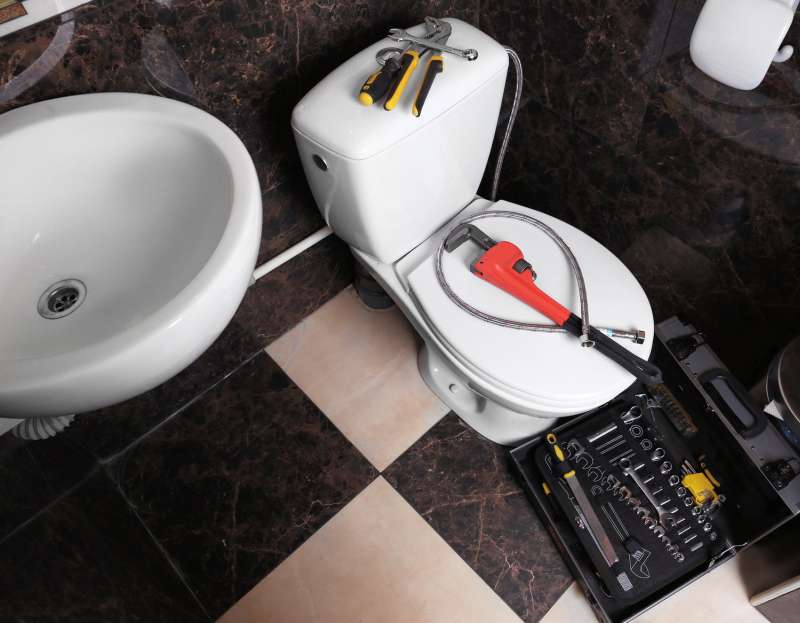
Waterproofing
Safeguarding basements or other areas from water invasion.
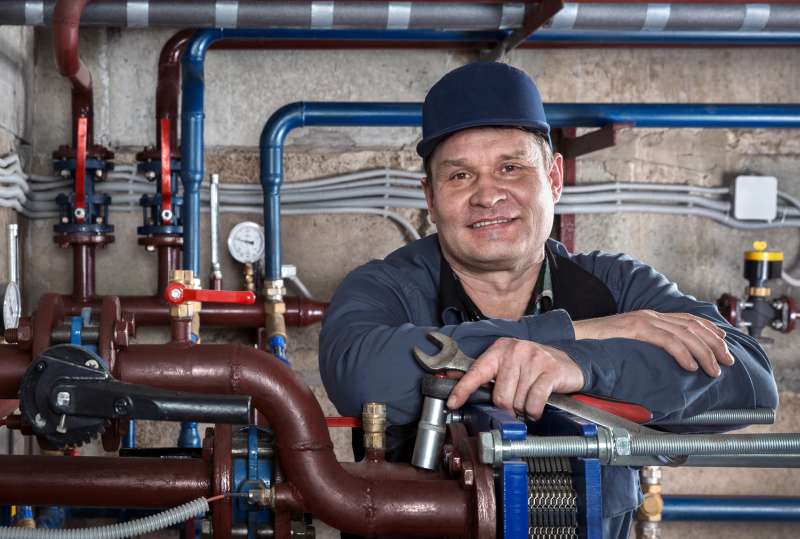
Sewer Backups
Immediate attention to prevent contamination and health dangers.

